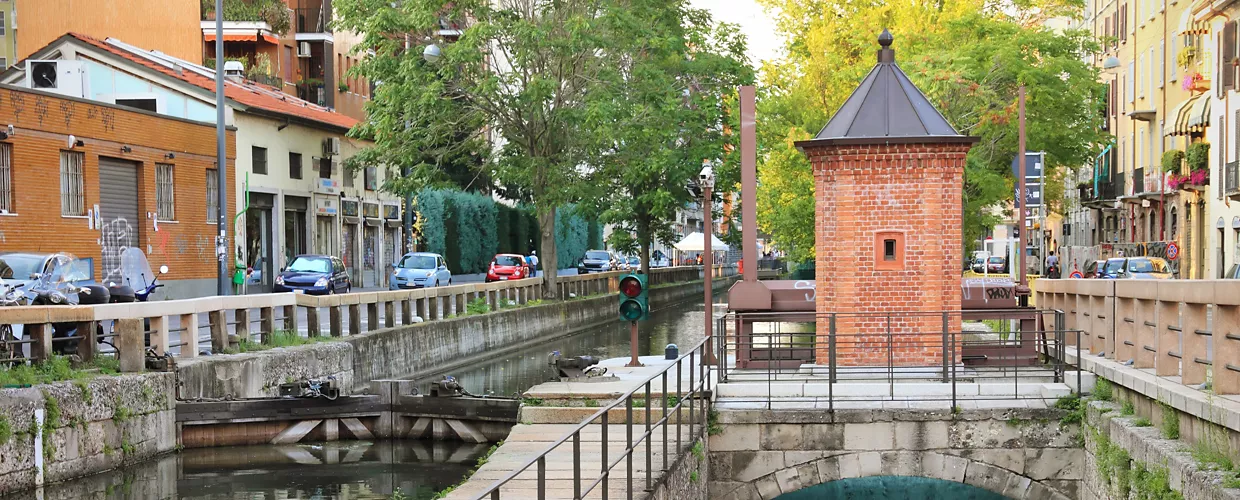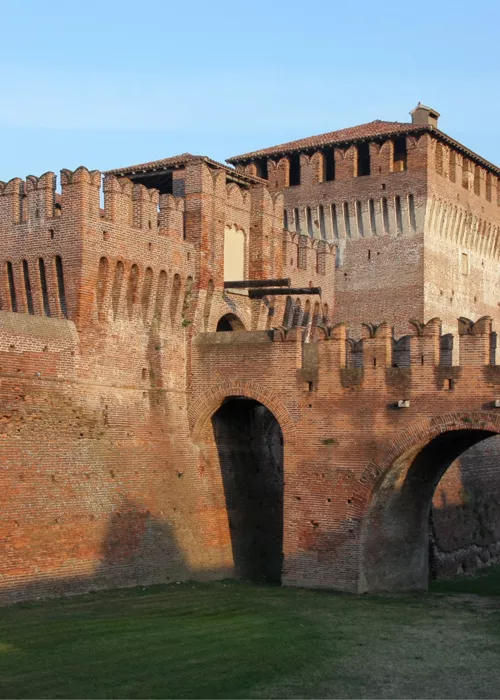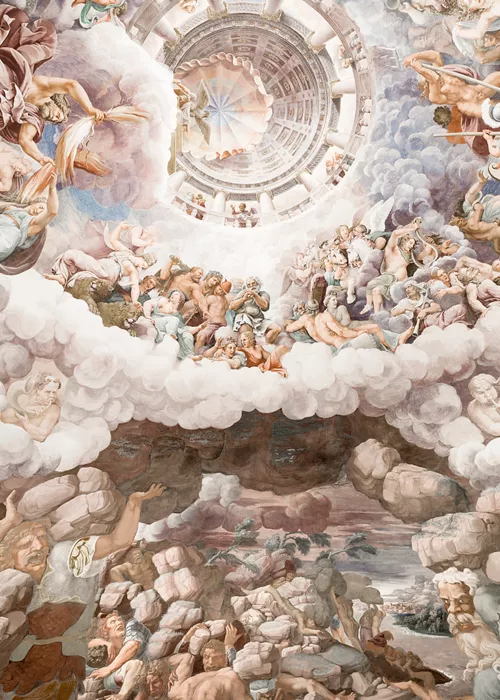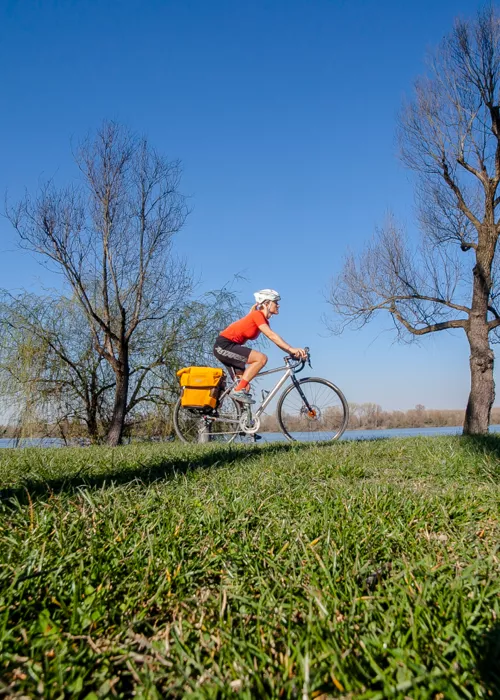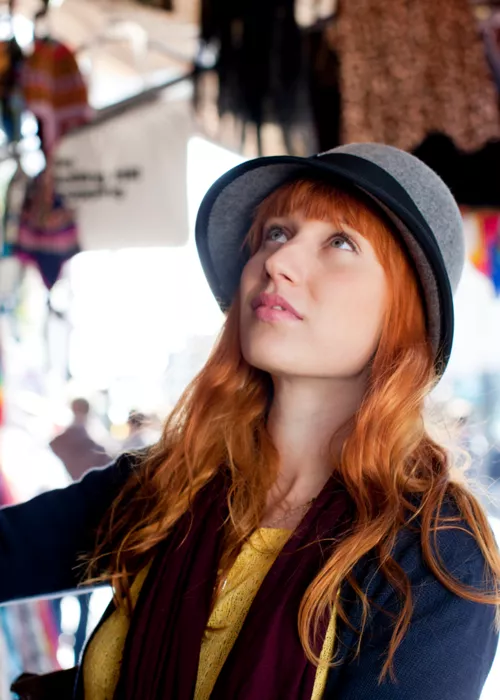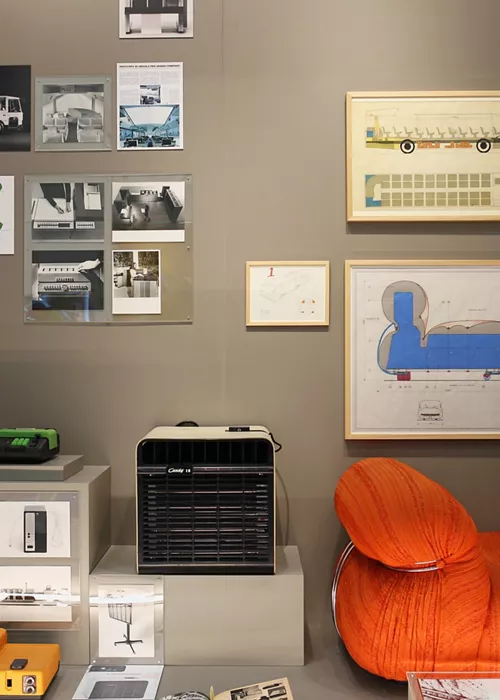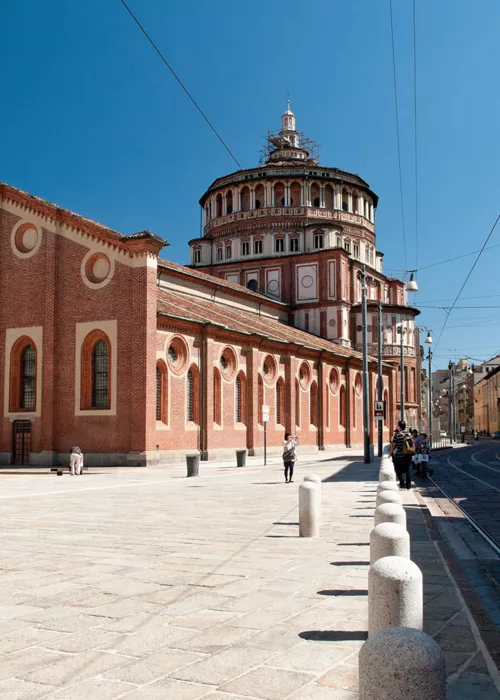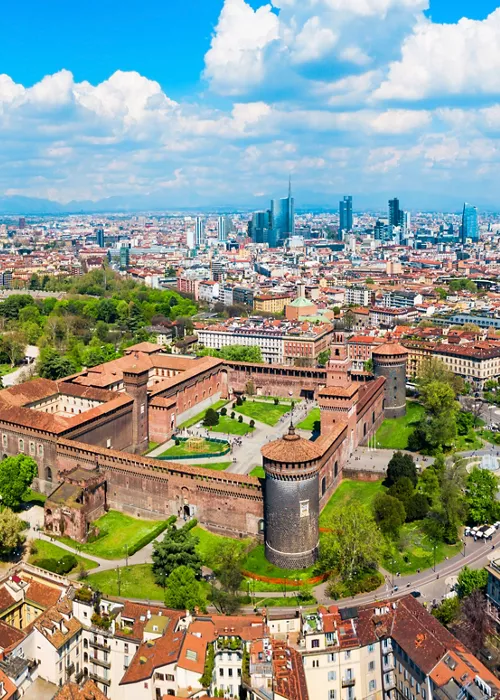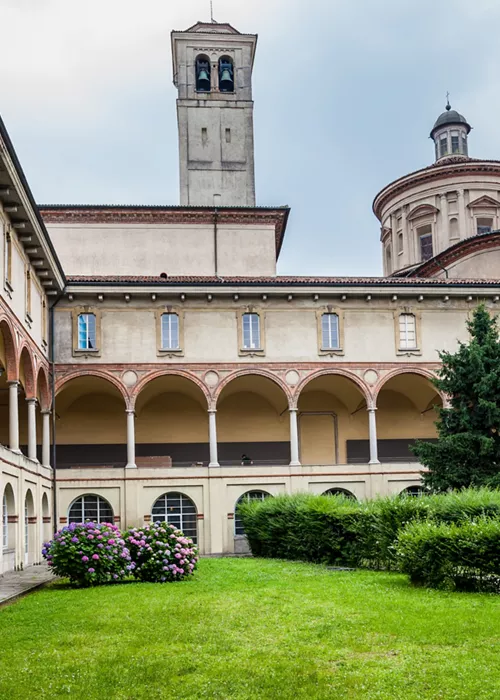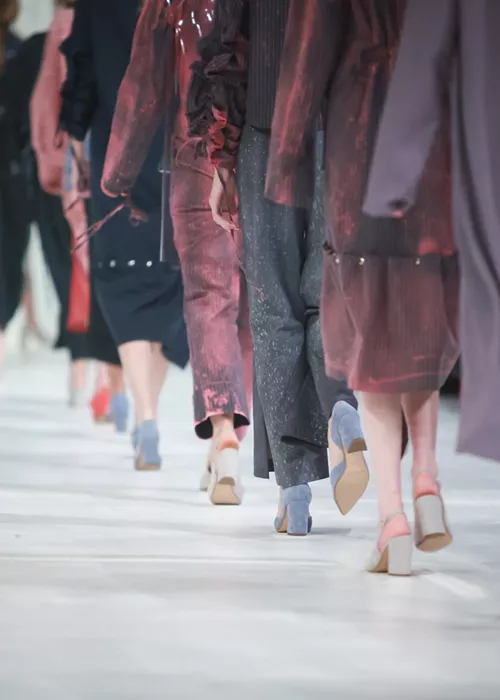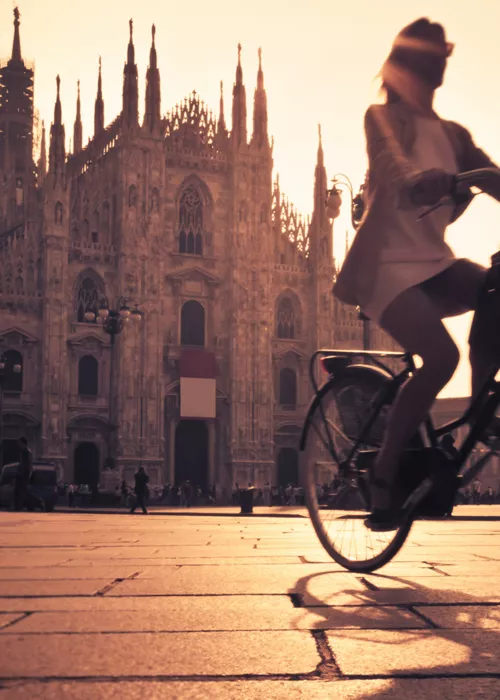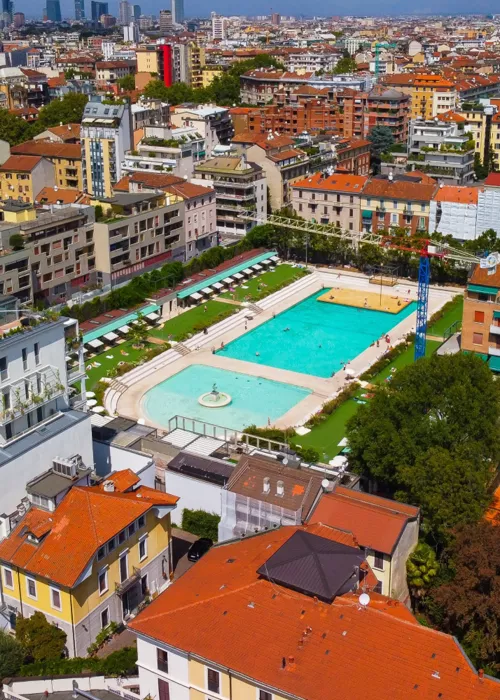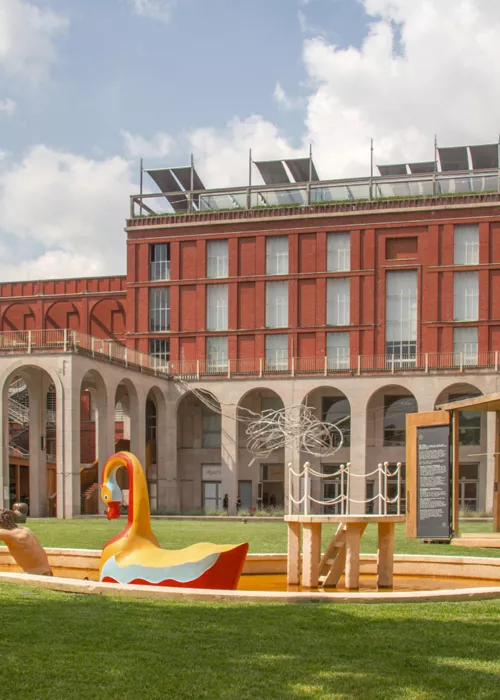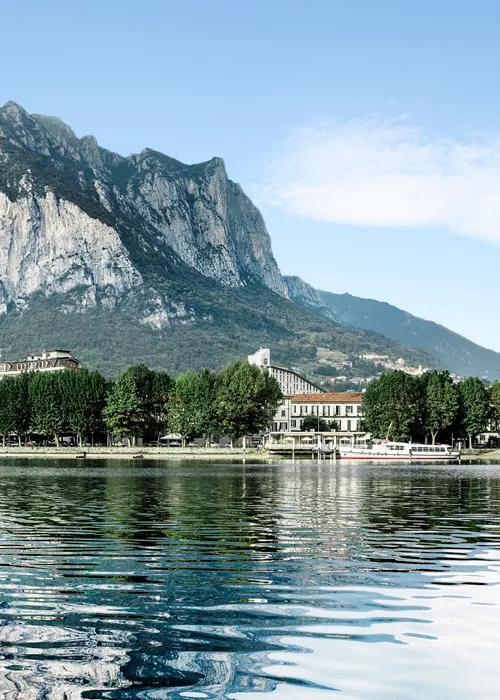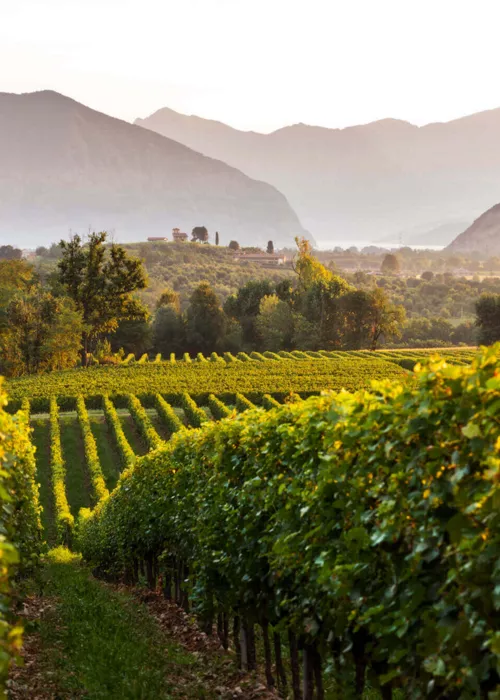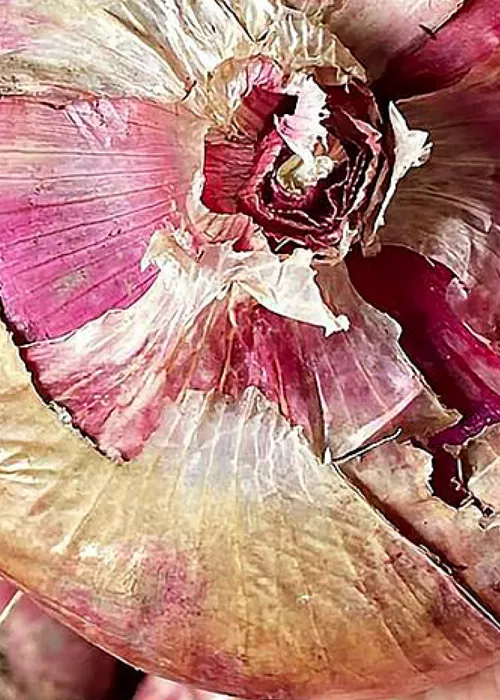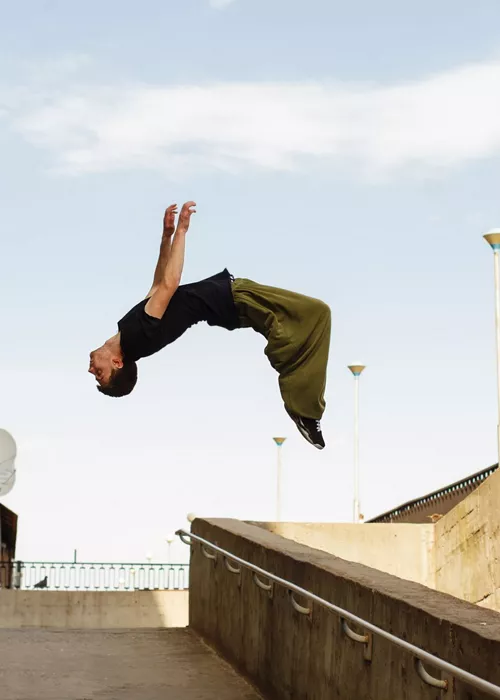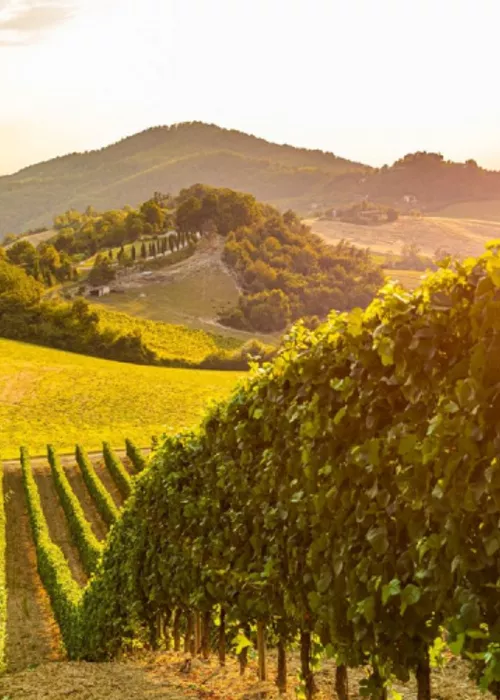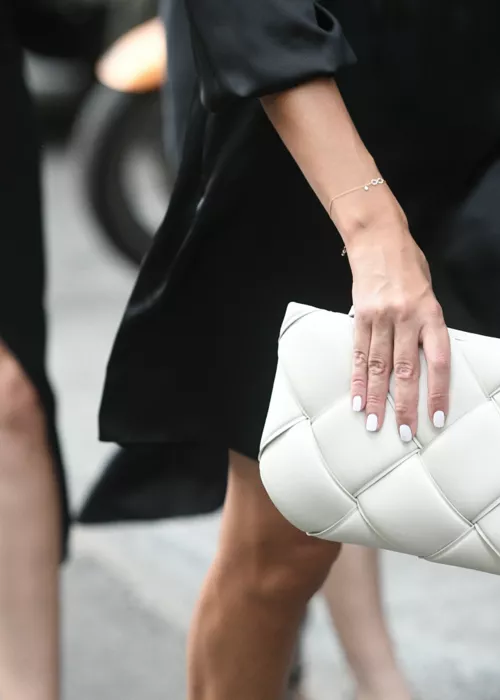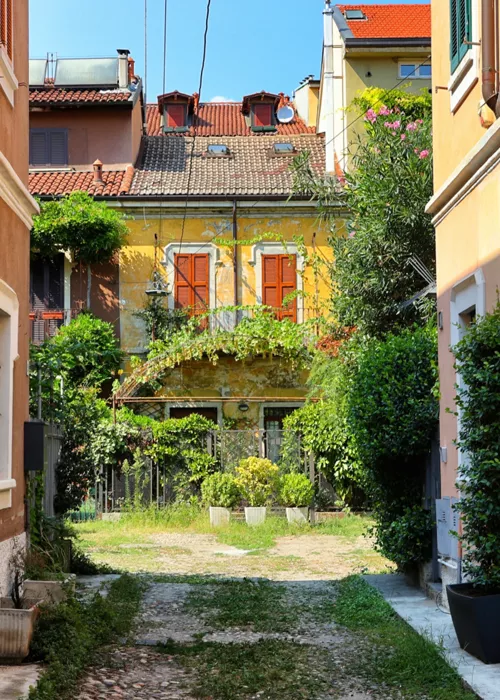The canal travels from the Darsena in the direction of Pavia for 33 km and then flows into the Ticino river. It was dug at the end of the 14th century for irrigation needs. The plan to make it navigable, discussed since the end of the 16th century, was only imlemented during the Napoleonic era, when the problems of it joining the Ticino were overcome: the difference in altitude was resolved by means of an ingenious system of five marble locks (with a hydraulic operating system already designed by Leonardo da Vinci). After its inauguration in 1819, the volume of traffic surpassed that of the Naviglio Grande in quantity, with a bustle of convoys transporting food and building materials.
Towards the centre, the Naviglio Pavese is mostly occupied by restaurants with tables on the pavements that even extend their terrace onto barges on the water. Towards the outskirts, railing houses give way to the historic working-class neighbourhoods, and finally, in sight of the countryside of the Parco Agricolo Sud, the Chiesa Rossa district. Here we see the little church of Santa Maria Rossa, now Santa Maria alla Fonte, from its original name 'basilica Mariae ad Fonticulum'. The small Romanesque church, of which a document from 988 bears witness to its existence, was built on the remains of a Roman domus from the 1st-2nd century A.D. and over time became a 'cella memoriae sepolcrale', a chapel dedicated to the Virgin Mary, and finally a church, as we see it today. The complex history of this building, declared a national monument in 1928 and sponsored by the Architectural and Environmental Heritage Authority, came to light during restoration excavations conducted by the Municipality of Milan, which owns it, in 1966 and 2000. In the area there is also the church of Santa Maria Annunciata in Chiesa Rossa, from 1932, featuring a baptismal font by Manzù. Since 1997 it has been beautifully illuminated by the latest work by minimalist artist Dan Flavin consisting of neon tubes in green, blue, pink, gold and ultraviolet light that permeate the entire volume of the church.
Other forms of contemporary art are found along the tow paths of the Naviglio, where the structures of some bridges (in particular on Via Pavia and Via Lagrange) have been decorated by graffiti by street artists such as Augustine Kofie and Andrea Kiv Marrapodi.



